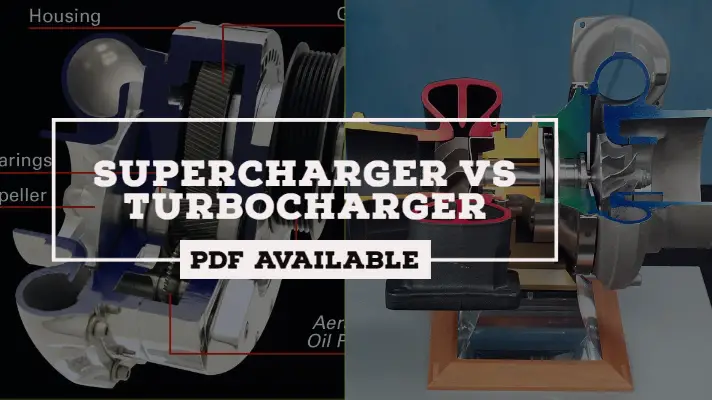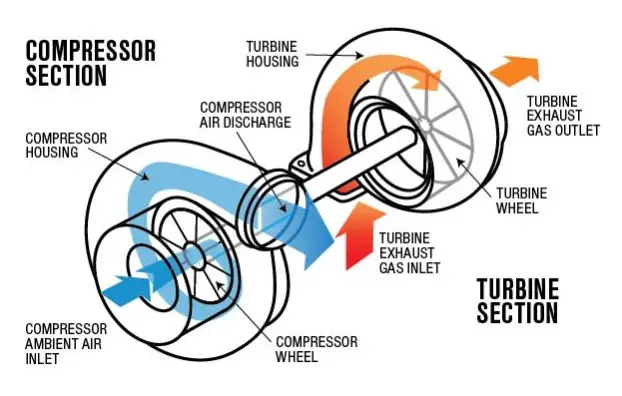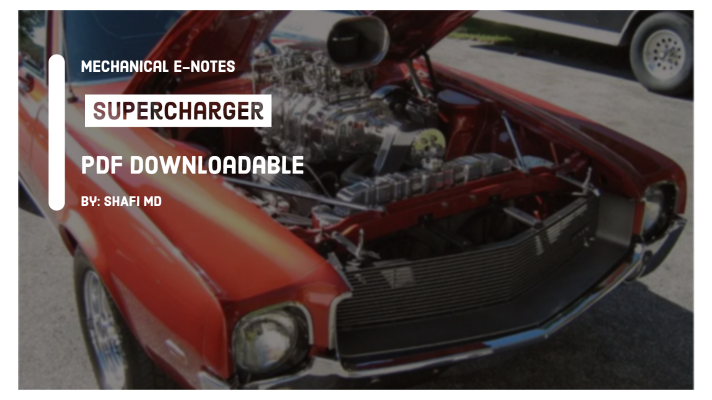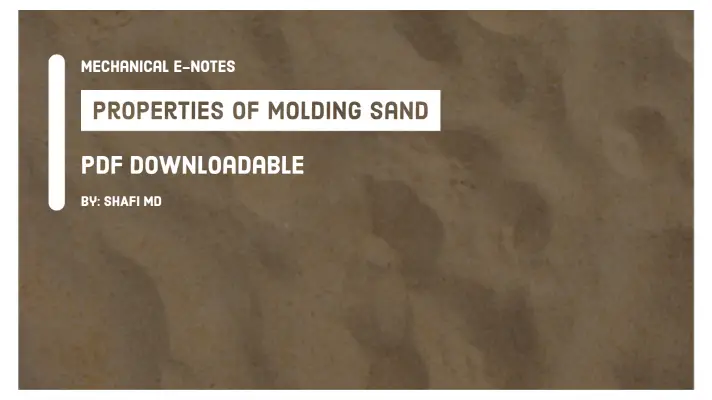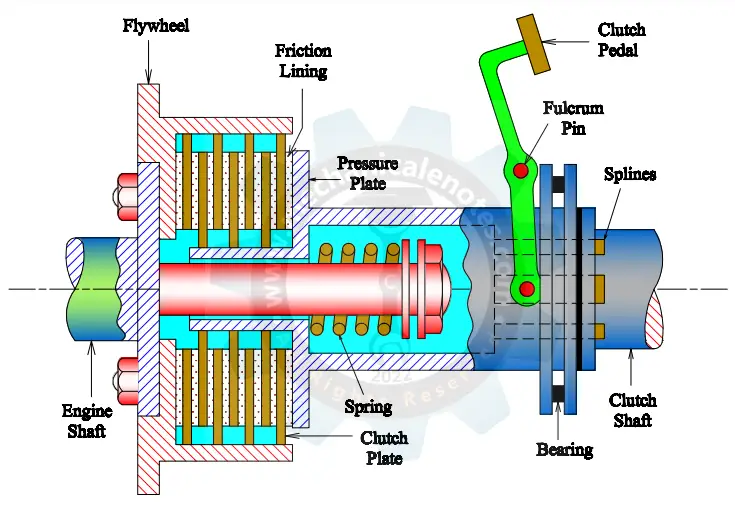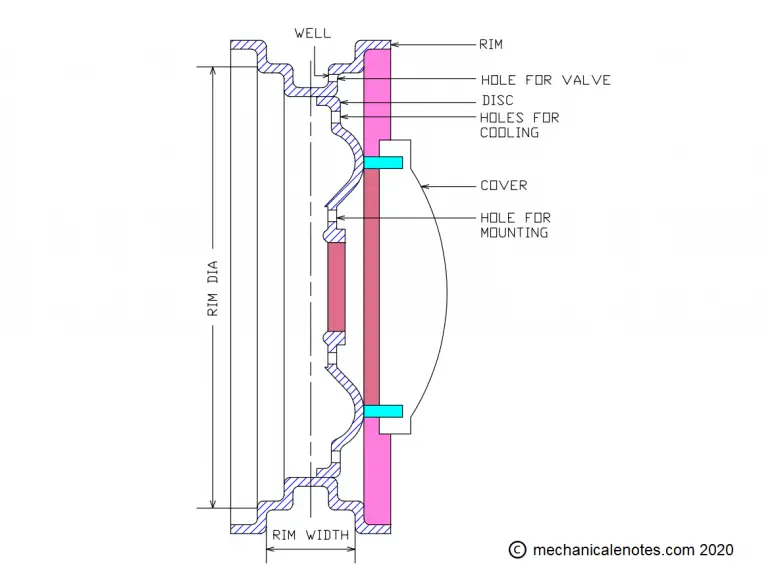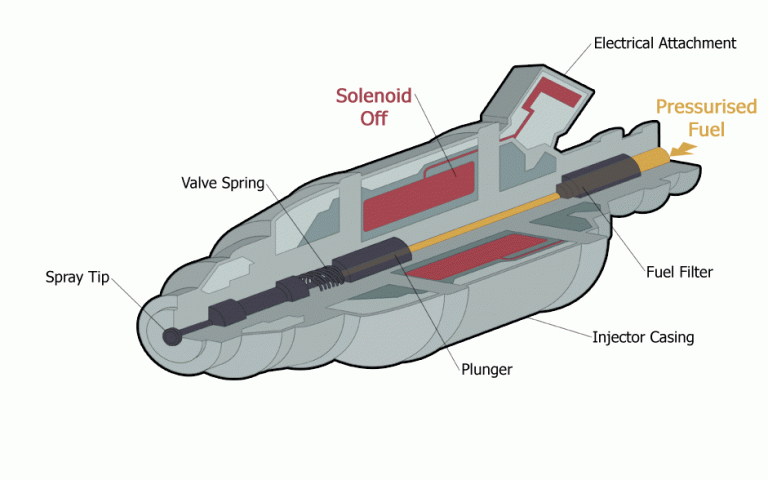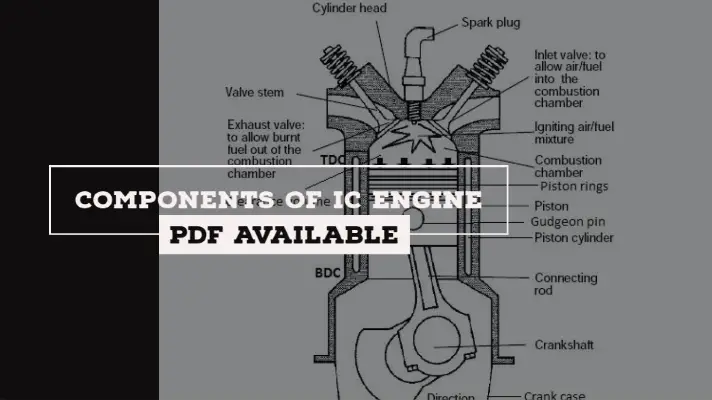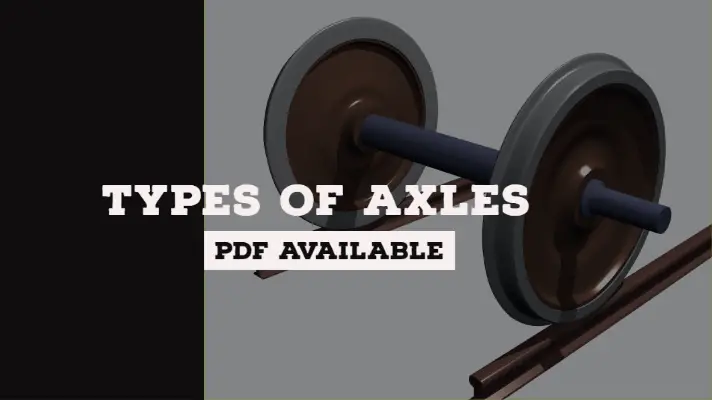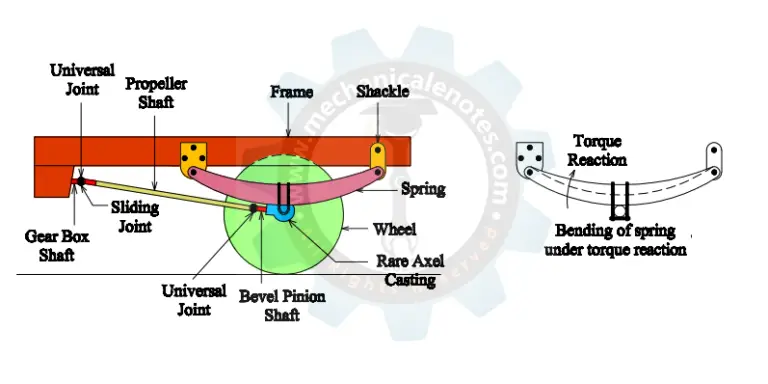Torque Tube Drive: Parts, Working Principle, Advantages, Disadvantages and Applications [PDF]
In the Torque Tube Drive, the spring takes the weight of the body, side thrust, and the remaining i.e.Torque reaction, driving thrust and the braking torque was taken by another member which is called the Torque Tube.
In the last class, we had discussed Hotchkiss Drive in a detailed way whereas, in today's class, we will discuss Torque Tube drive.
Line Diagram of Torque Tube Drive:
The line diagram of Torque Tube drive is as follows.
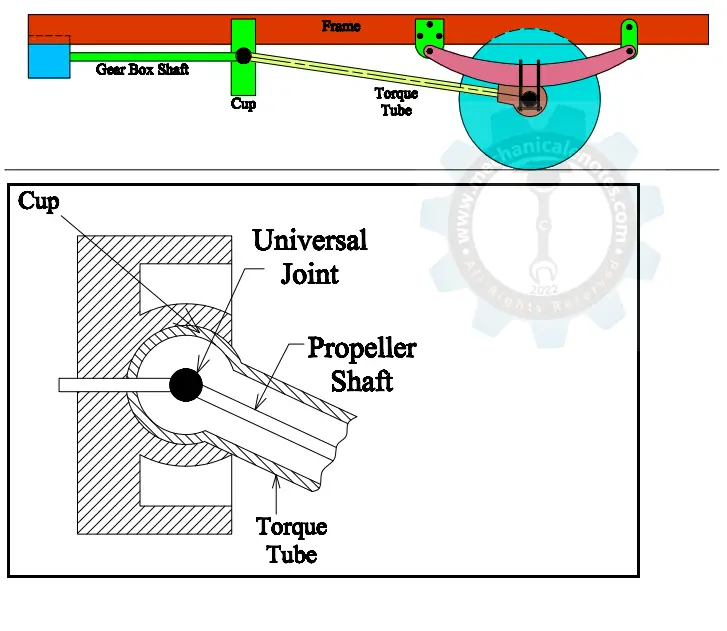
Parts of Torque Tube Drive:
The parts of Torque Tube Drive are as follows.
- Torque Tube
- Shackle -2 No's
- Universal Joints – 1 No’s
- Sliding Joint
- Propeller Shaft
- Bevel Pinion Shaft
- Rear Axle Casing
- Wheel of the Vehicle
- Leaf Spring
- Frame
An Explanation for the parts of Torque Tube Drive:
Except few parts mentioned below , everything were explained in the Hotchkiss Drive. So just recollect from it.
Torque Tube:
The Propeller shaft was present inside the Torque Tube only and there is no need for a Sliding joint on the Propeller shaft.
Shackle:
Compared to Hotchkiss Drive, two shackles are used for holding the spring, which is connected to the frame of the vehicle.
Universal Joint:
Only one Universal Joint is used at the beginning and that too inside the torque tube .The universal joint is a connection between two shafts whose axis is inclined to each other.
Sliding Joint:
There is no need for a sliding joint because both the propeller shaft and the pinion shaft will move about the same center and that was discussed in the working of Torque Tube drive.
Working Principle of Torque Tube Drive:
The working principle of Torque Tube Drive is as follows.
The cup is fixed to the frame and one end of the torque tube whose shape is spherical, fixed in it and the other end is connected to the axle casing.
The propeller shaft is enclosed in the Torque tube and the torque tube takes the Torque reaction.
Due to this, the centerline of the bevel pinion shaft will not shift, and further, it will always pass through the center of the spherical cup.
Now, if the propeller shaft is connected to the shaft of the gearbox employing a universal joint which is situated at the center of the spherical cup then there is no need for the universal joint at the rear end of the propeller shaft.
And also there is no need for a sliding joint because both the propeller shaft and the pinion shaft will move about the same center i.e. about the center of the spherical cup.
It is indicated from the above that the Torque reaction and the driving thrust are taken by the Torque tube only.
Advantages of Torque Tube Drive:
The advantages of Torque Tube drive are as follows.
- The Propeller shaft was present inside the Torque Tube only and there is no need for a Sliding joint on the Propeller shaft.
- In these drives, the side thrust and the weight of the body are taken up by the springs.
Disadvantages of Torque Tube Drive:
The disadvantages of Torque Tube drive are as follows.
- If Coil springs are used instead of Leaf spring then they are not able to take side loads and therefore there is a need to employ a new member which is usually in the form of a transverse radius rod called Panhard rods.
- These rods are fixed parallel to the wheel axis whose one end is pivoted to the axle casing and the other end is connected to the chassis frame.
Applications of Torque Tube Drive:
The applications of Torque Tube Drive are as follows.
- The Chevrolet Chevette used a torque tube from 1976-1988.
- The Chevrolet Corvette has used a torque tube Since 1996 and has introduced in the 1997 model for the C5 version.
More Resources:
Overdrive in Automobile
Epicyclic Gearbox
Hotchkiss Drive


